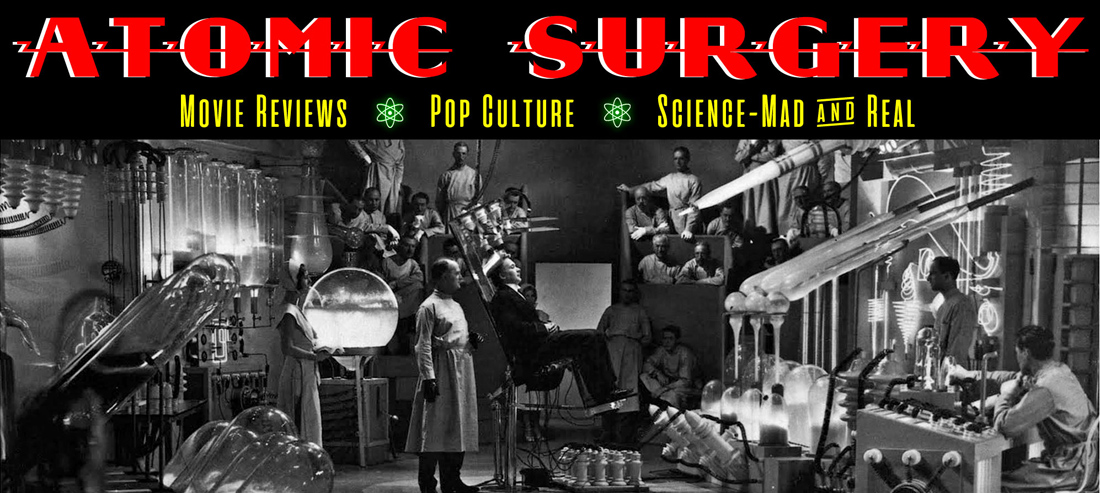$30,000 A DAY TO SPEND...and nothing to live for!
That’s Dorothy Hunter (Miriam Hopkins), who became the richest girl in the world after inheriting a fortune as an infant when her parents were lost in the sinking of the Titanic. Since then, she has been raised by her guardian, John Connors (Henry Stephenson), who has kept her so far away from publicity that the press only has a picture of her as a baby. In rare public appearances, her friend and secretary, Sylvia Lockwood (Fay Wray) impersonates her. But, Sylvia has recently married Phillip Lockwood (Reginald Denny), and wants to leave Sylvia’s employment to start her own life. Dorothy is fine with this because she believes that she will always be alone as she doubts that she could never find any man who would not love her just for her money.
Enter Tony Travers (Joel McCrea) who Dorothy falls head over heels for. Although they are both clearly attracted to each other, Dorothy decides to put him to the test. Since he believes that Dorothy is really Sylvia, and vice versa, Dorothy devises a series of ever more outlandish circumstances to drive Tony into Sylvia’s arms. If he can resist her, then Dorothy will believe that he really loves her for herself and not the money that he believes Sylvia (pretending to be Dorothy) has.
All this has the makings of a great screwball comedy, but it quickly becomes apparent (at least to this reviewer) that Dorothy is probably a bit nuts, if not an out-right masochist. She goes to absurd lengths to make Tony believe that Sylvia is in love with him, continuously driving him away every time he breaks from Sylvia to return to the real Dorothy. Even when the farce is resolved you have to wonder how long a relationship will last with a person like Dorothy who goes to such great lengths to make her life miserable.
The viewer quickly moves from good-natured bemusement, to discomfort, to almost horror as you watch Dorothy sabotage her hopes for happiness. Dorothy’s plot involves making Sylvia continue to impersonate her, while Sylvia’s husband and Dorothy’s guardian are forced to stand impotently on the sidelines. Every one of these characters should have pulled the plug on Dorothy’s crazy charade at the very beginning to save everyone’s (and the viewers) dignity; but then there would be no movie, right?
Directed by William A. Seiter, The Richest Girl In The World, has the typically lush RKO production values of the period, including music by Max Steiner and cinematography by future film noir legend Nicholas Musuraca (Out of The Past,1947).
Despite the problems with the script, the leads of Hopkins, McCrea, and Wray have good chemistry together, with Hopkins and McCrea sharing a couple of very funny scenes – all involving alcohol. The movie flaunts its post-prohibition status with Hopkins and McCrea never passing an opportunity (or so it seems) to get drunk. Hopkins and McCrea starred in a number of films together (Barbary Coast, 1935; Splendor, 1935; These Three, 1937; Woman Chases Man,1937) and have an easy rapport together.
McCrea and Wray
Although I’m a big fan of Hopkins, and I’ve never seen McCrea give a bad performance, I watched this film primarily to see Fay Wray. This was one of at least 22 films that Wray made between 1933 and 1934, but most are rare and hard to locate. But, thanks to Warner Archives, more of these are becoming available. Watch for a review of Wildcat Bus; featuring Wray in a starring role to be posted here soon!
Is The Richest Girl In The World worth my time? I can’t completely recommend it, but I would urge anyone who is a fan of Miriam Hopkins, Joel McCrea or Fay Wray to add it to their library. Although my review may seem overly harsh, there are enough good scenes between Hopkins and McCrea to hold you to the finish (over long at 76 minutes). If, like Tony and Dorothy, you watch this with a good highball you can enjoy its strengths (the performances) while scratching your head over how the script by Norman Krasna ever got nominated for an Academy Award!
Availability: Pick up a copy from Warner Archives.

















